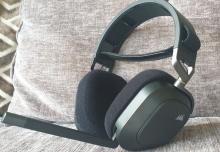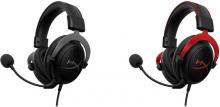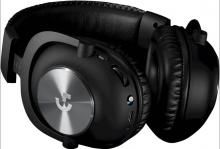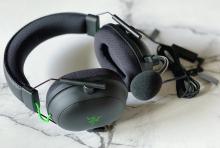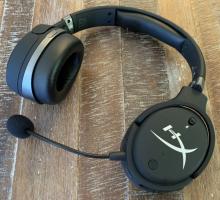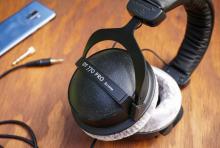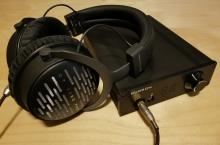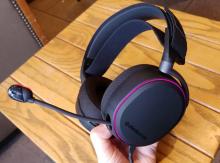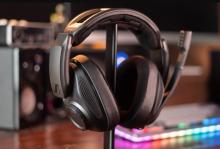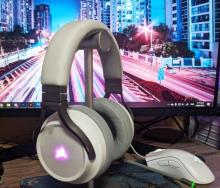[Top 3] CS:GO Best Headsets Used By The Pros
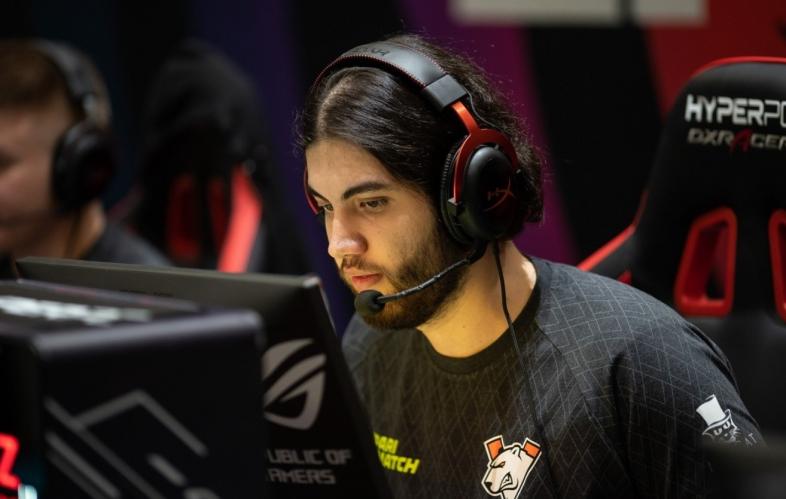
Find some of the top headsets CS:GO pros use. Whether you’re running, walking, or just stationary, sound plays a critical role in locating your enemies and surveying your environment. At times, it can even tell you to back up your teammates or run away from an encounter.
Some important sounds to look out for include: utility bouncing off walls or landing on the ground, weapon reloads, scoping, planting, defusing, and so on.
Most headsets also come with a mic and occasionally, additional software for further tweaks.
That said, let’s get right into the list.
3. Razer BlackShark V2 (frozen)
The Razer BlackShark V2 features both a wired and wireless connection. Keep in mind that the latter tends to be more expensive (in general as well). The primary color of the headset is black with a touch of neon green. As for the material, the ear pads use artificial leather and memory foam (like many headsets do). Compared to the Logitech G Pro X and HyperX Cloud II, it's fairly light, standing at ~ 9 oz.
Additionally, if you prefer a headset that offers Stereo and Virtual Surround Sound over just Surround Sound, then the RBSV2 has you covered. In fact, most headsets use Virtual Surround Sound (VSS) over True Surround Sound (TSS).
The main difference between a Stereo and a True Surround Sound output is how the sound is manipulated and the number of channels used. Whereas Stereo gives you 2 channels, Surround Sound gives you 2+. While Surround Sound gives you more of a live concert feel (as if you could hear something coming from multiple directions, including behind you), a Stereo output acts as if you just had a left and right speaker right in front of you.
Virtual Surround Sound mimics the effect of a Surround Sound system, but with fewer speakers and cables. So while a VSS headset only has 2 speakers, it essentially creates the illusion that there are more coming in different directions (e.g. delaying the sound in one ear, for example).
However, having more speakers or drivers from a True Surround Sound headset (such as 5) doesn’t necessarily mean better sound quality. Sometimes, with Virtual Surround Sound, you’ll end up having higher quality and/or louder sound from each individual driver compared to all the other drivers combined. VSS speakers also tend to have bigger drivers than their SS counterparts, producing more powerful sounds, generally speaking. All in all though, there’s no right or wrong answer here; it’s just based on personal preference.
Back to the specs, RBSV2 also uses noise isolation over noise cancellation. The former uses physical barriers to block out sound, whereas the latter uses an electronic process. Again, based on personal preference.
The recharge time for the wireless set is about ~3 hours, with a run time of roughly 24 hours.
Lastly, the headset is generally less expensive than many of its counterparts, such as the HyperX Cloud II and Logitech G Pro X, ranging from $30 to $200 (depending on a wired/wireless connection as well).
As for some of the Google Reviews, the headset was highly praised for its light fixture and overall comfort. The overall sound quality was ranked fairly high with respect to gaming (versus listening to music or watching a movie for example). Some users had some problems with the mic quality, but for the most part, it seemed satisfactory. And as I’ve mentioned before, compared to other similar headsets, the RBSV2 is relatively inexpensive.
Regardless of which headset you buy, I suggest trying them out beforehand just to be safe.
What's great about the Razer BlackShark V2
- Loud and clear sound quality; USB Sound Card for added flexibility
- Price; generally less expensive compared to the HYPERX CLOUD II/Logitech G PRO X and other similar models
- Detachable Mic
- Virtual Surround Sound (THX 7.1 Surround Sound Capable)
- Light
Cons
- Some users claimed the mic was mediocre
- No Bluetooth connection
- Some users claimed that while it was good for gaming, they preferred to use other headphones for listening to music or watching a movie
- Bass-heavy. Some users didn't mind it while others claim that the sound was a bit muddy
Buy the Razer BlackShark V2 (Feel free to search the web as well)
2. Logitech G Pro X (s1mple, NiKo)
The Logitech G PRO X offers a wireless/wired connection, detachable mic, and artificial leather/velour earpads. All in all, it weighs about 13 oz. The headset usually comes with a carrying case as well. The maximum run time is estimated at ~20 hours, with a recharge time of 2 or more hours.
Based on some of their Google reviews, the headset delivers good sound quality with a decent mic (detachable), but at a slightly hefty price. Some users also suggested playing with the EQ (Equalizer Settings) to enhance the overall quality. As for comfort, there were mostly positive reviews (albeit some mixed) based on its large, but adaptable size and steel headband.
What's great about the Logitech G Pro X
- Loud and clear sound quality
- USB Sound Card for added flexibility
- Virtual Surround Sound (if you prefer)
- Comfortable
- Noise Isolation (if you prefer)
Cons
- Might feel too heavy for some users
- Some users claimed the mic was mediocre
- Price, depending on when and where you buy them
1. HyperX Cloud II (Jame, Maden)
The HyperX Cloud II incorporates a Virtual Surround Sound output using a wired and wireless connection. Like many other headsets, the earpad material is artificial leather combined with memory foam. The maximum run time is roughly 30 hours, with a recharge time of 2.5 to 3 hours. The HXC2 also comes with an audio control box so you can adjust the sound.
Compared to the Logitech G Pro X, it's somewhat lighter, at ~11 oz versus 13 oz. And, unlike the LGPX, the HXC2 uses RF over Bluetooth.
What is RF you ask? Or what is Bluetooth even? Well, Bluetooth and Radio Frequency, in short, are different types of wireless technologies that transmit data over short distances. Moreover, Bluetooth is a type of radio frequency, although different in itself. All Bluetooth headphones, such as the Logitech G PRO X, are wireless, but not all wireless headphones, such as the HyperX Cloud II, use Bluetooth technology.
RF in particular transmits sound through a specific radio frequency using a specified dongle (dongles represent different pieces of computer hardware that connect to a port and allow you to use additional software, such as a Wi-Fi USB adapter).
Compare that to Bluetooth where you just enable it on your smartphone and/or computer for example, and voilà. So Bluetooth seems to be more adaptable here. However, unlike the latter, RF headphones can transmit sound through walls (to an extent), so there’s much less risk of signal degradation, thereby providing a more stable connection. Also, RF can work with less audio compression, which may signify better sound quality and less delays.
One of the main differences then between Bluetooth and RF is the type of transmitter used (such as a docking station/receiver) and the Bluetooth chip itself. Whereas RF has its own dedicated transmitters, Bluetooth has smaller chip sizes (inside the device) that make it more adaptable and use less power to operate. That is why so many devices today do, in fact, have a Bluetooth option.
But as I’ve mentioned before, the best way to find out which is better or if there’s a difference in terms of sound is to test out the headset or borrow a friend’s.
As for some of the Google Reviews, many users were happy with the sound quality with the exception of the bass here and there. Also, there were some complaints about the quality of the mic, or at the very least, that it was mediocre. As for comfort, it didn't seem to be much of an issue, despite the headset's size. In fact, there were some claims that the headset actually felt very light.
What's great about the HyperX Cloud II
- Good sound quality using RF technology
- Noise Cancellation (if you prefer)
- Comfortable
- Maximum run time of ~30 hours (before recharging)
- Virtual Surround Sound (depending on your preference)
Cons
- Some users claimed the mic was mediocre
- Lack of bass for some users
- Generally speaking, a RF wireless connection is not as adaptable or secure as a Bluetooth connection (but tends to be more stable)
- Price, depending on the condition and wired/wireless connection as well
- While the HXCII offers an audio control box, it lacks additional software to customize the sound
Image Gallery
- Log in or register to post comments
 Home
Home PC Game Trailers
PC Game Trailers News
News Menu
Menu





